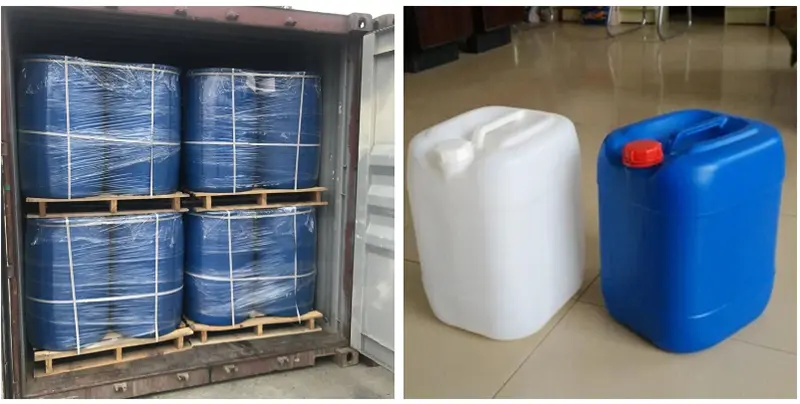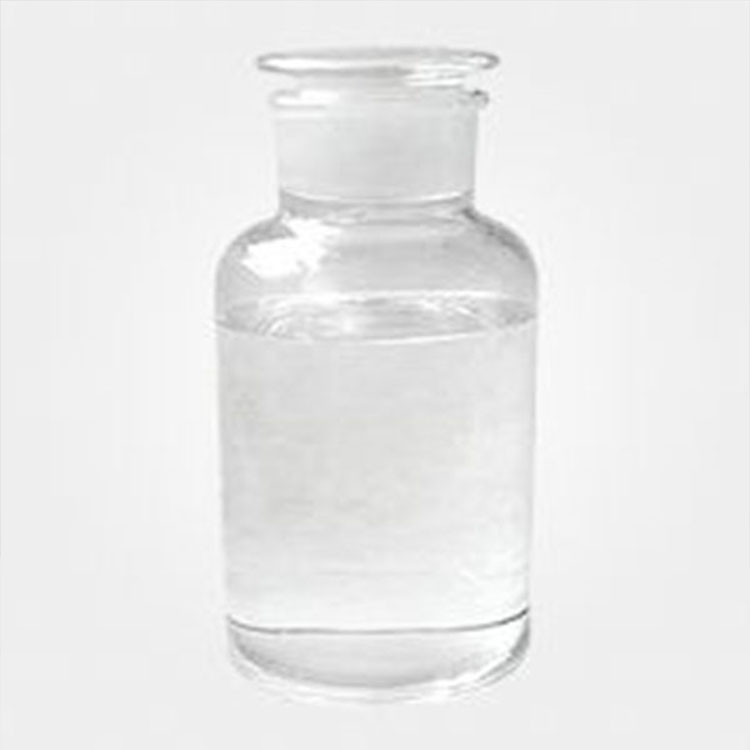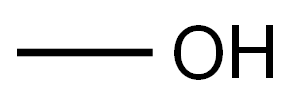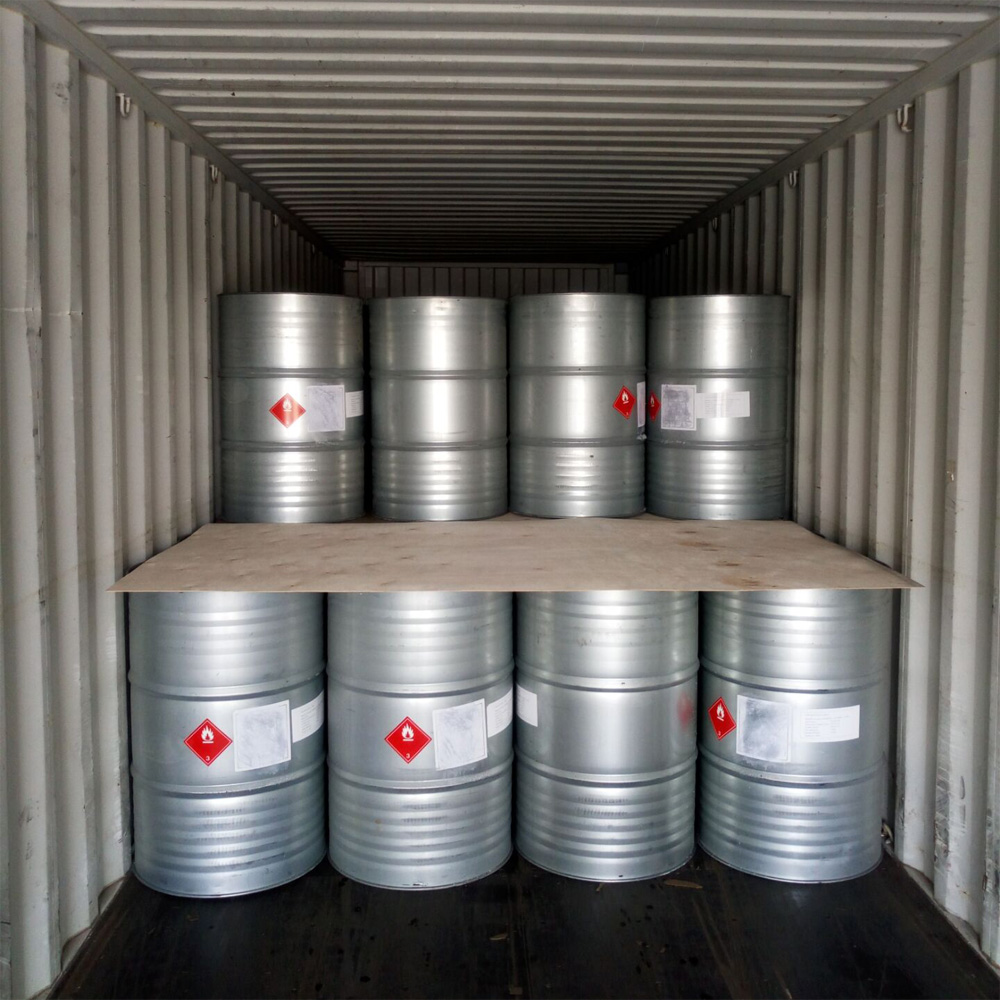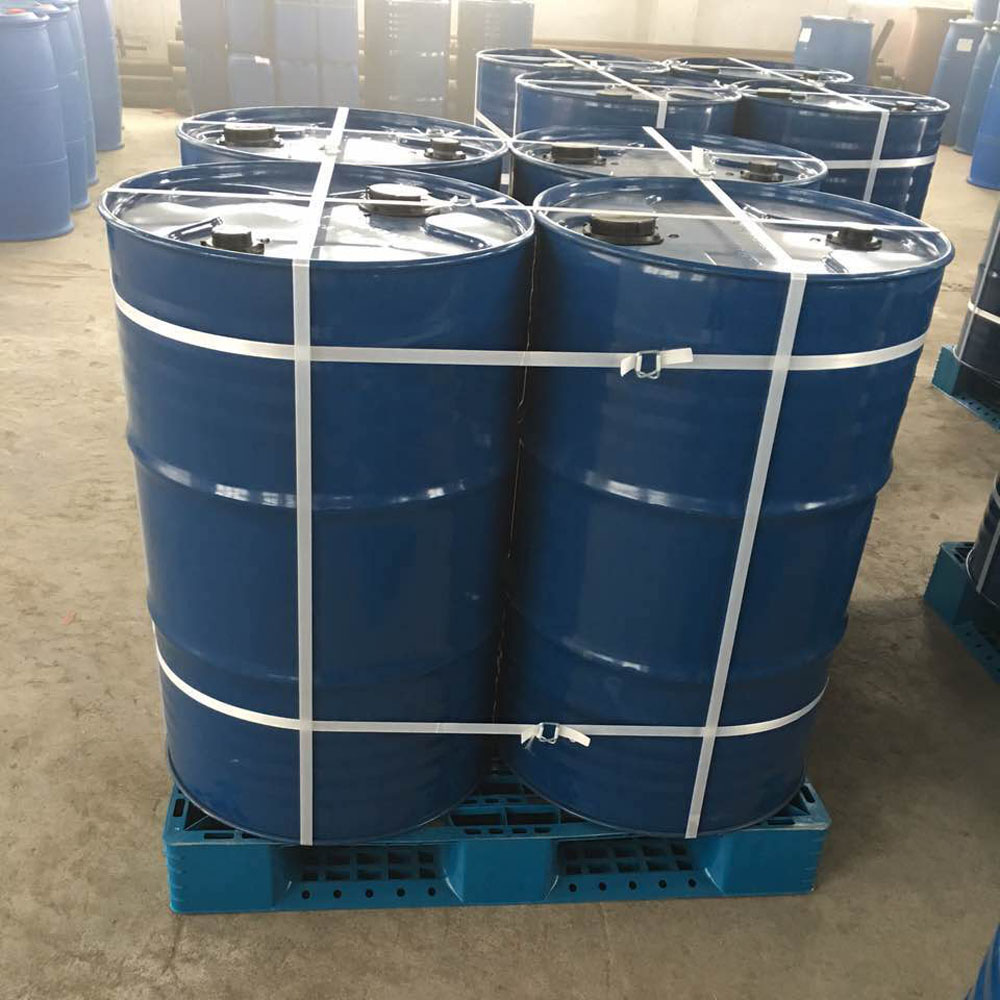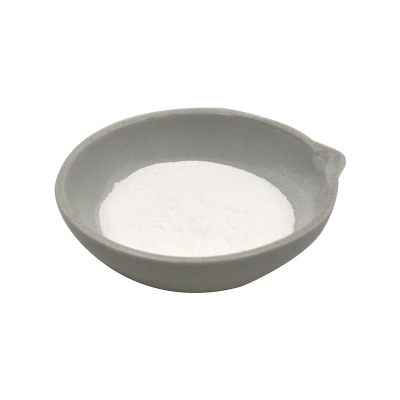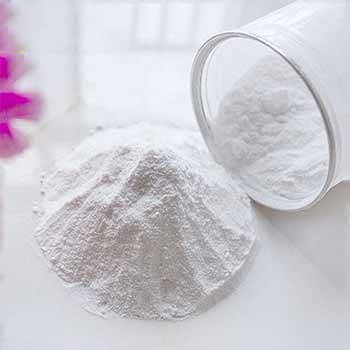Methanol CAS#67-56-1
Methanol CAS#67-56-1 Promotion Season Now in Store and Free Sample for Testing with Factory Price
Chemical Name:Methanol
CAS No.67-56-1
Molecular Formula:CH4O
Molecular weight: 32.04
Sample: Available
Mode of Transportation
1. By Air, fast but expensive.
2. By Sea, usual and economy.
3. By Train, suit for middle Asia countries.
4. By Express, suit for small package.
We only provide highest quality goods available, accompanied by after support!
Products Description of Methanol CAS#67-56-1
Methanol, also known as "wood alcohol", is an organic compound and the simplest saturated monohydric alcohol. It is a colorless, transparent, flammable, volatile toxic liquid. Ingestion of 5 to 10 ml can cause blindness, and drinking a large amount can lead to death. Methanol is non-corrosive to metals at room temperature (except lead and aluminum) and has a slight alcohol smell. Relative density 0.792 (20/4℃), melting point -97.8℃, boiling point 64.5℃, flash point 12.22℃, autoignition point 463.89℃, vapor density 1.11, vapor pressure 13.33KPa (100mmHg21.2℃), vapor and air mixture explosion limit 6 to 36.5% (volume ratio), miscible with water, ethanol, ether, benzene, ketones, halogenated hydrocarbons and many other organic solvents. It is usually used as a solvent, antifreeze, fuel or neutralizer.
Methanol Chemical Properties
Melting point | -98 °C(lit.) |
Boiling point | 65.4 °C(lit.) |
density | 0.791 g/mL at 25 °C |
vapor density | 1.11 (vs air) |
vapor pressure | 410 mm Hg ( 50 °C) |
refractive index | n20/D 1.329(lit.) |
Fp | 52 °F |
storage temp. | 2-8°C |
solubility | benzene: miscible(lit.) |
pka | 15.2(at 25℃) |
form | Liquid Free From Particulates |
color | <10(APHA) |
Specific Gravity | 0.793 (20/20℃) |
Relative polarity | 0.762 |
Odor | Faint alcohol odor detectable at 4 to 6000 ppm (mean = 160 ppm) |
explosive limit | 5.5-44%(V) |
Odor Threshold | 33ppm |
Water Solubility | miscible |
λmax | λ: 210 nm Amax: 0.50 |
Merck | 14,5957 |
BRN | 1098229 |
Henry's Law Constant | 4.99 at 25 °C (headspace-GC, Gupta et al., 2000) |
Exposure limits | TLV-TWA (200 ppm) (ACGIH), 260mg/m3, 1040mg/m3 (800 ppm) 15minutes (NIOSH); STEL 310mg/m3 (250 ppm); IDLH 25,000 ppm (NIOSH). |
Dielectric constant | 33.6(20℃) |
LogP | -0.770 |
CAS DataBase Reference | 67-56-1(CAS DataBase Reference) |
NIST Chemistry Reference | Methyl alcohol(67-56-1) |
EPA Substance Registry System | Methanol (67-56-1) |
Safety Information
Hazard Codes | Xn,T,F |
Risk Statements | 10-20/21/22-68/20/21/22-39/23/24/25-23/24/25-11-40-36-36/38-23/25 |
Safety Statements | 36/37-7-45-16-24/25-23-24-26 |
RIDADR | UN 1170 3/PG 2 |
WGK Germany | 1 |
RTECS | PC1400000 |
F | 3-10 |
Autoignition Temperature | 385 °C |
TSCA | Yes |
HS Code | 2905 11 00 |
HazardClass | 3 |
PackingGroup | II |
Hazardous Substances Data | 67-56-1(Hazardous Substances Data) |
Toxicity | LD50 oral (rat) |
IDLA | 6,000 ppm |
Product Application of Methanol CAS#67-56-1
Methanol has a wide range of uses and is a basic organic chemical raw material and high-quality fuel. It is mainly used in the fields of fine chemicals and plastics to produce a variety of organic products such as formaldehyde, acetic acid, methyl chloride, methylamine, dimethyl sulfate, etc. It is also one of the important raw materials for pesticides and medicines. Methanol can be used as a new type of clean fuel after deep processing, and can also be added to gasoline for combustion. Methanol oxidation to formaldehyde Methanol is directly oxidized to formaldehyde in the presence of high temperature, pumice silver, catalyst or other solid catalyst. At present, more than 40% of methanol at home and abroad is used to produce formaldehyde, and then synthesize resins, plastics and other chemical raw materials. Polyoxymethylene is an engineering plastic with excellent performance and its uses are very wide. Formaldehyde is also used to produce nearly 100 downstream products such as butanediol and hexamethylenetetramine. Methanol ammonia to produce methylamine Methanol and ammonia are mixed in a certain proportion, and synthesized at 370~420℃ and 5.0~20.0MPa pressure with activated alumina as a catalyst to produce a mixture of monomethylamine, dimethylamine and trimethylamine, and then distilled to obtain monomethylamine, dimethylamine or trimethylamine products. Monomethylamine, dimethylamine and trimethylamine are used in pesticides, medicines, dyes or as organic raw material intermediates. Methanol can be dehydrated to produce dimethyl ether in the presence of metal silicon aluminum catalyst or ZSM-5 molecular sieve. Methanol is dehydrogenated to produce methyl formate. Methyl formate is a raw material for organic synthesis and can be used to make formamide, dimethylformamide, etc. Formamide is a raw material for medicine, fragrances, and dyes. It can also be used as a paper treatment agent, a softener in the fiber industry, and a polar solvent for organic synthesis. Dimethylformamide is an important organic chemical raw material and an excellent solvent. It can be used as a gas absorbent, pesticide, polyvinyl chloride synthetic leather, polyacrylonitrile spinning, butadiene extraction, etc.
Factory and Equipment Show
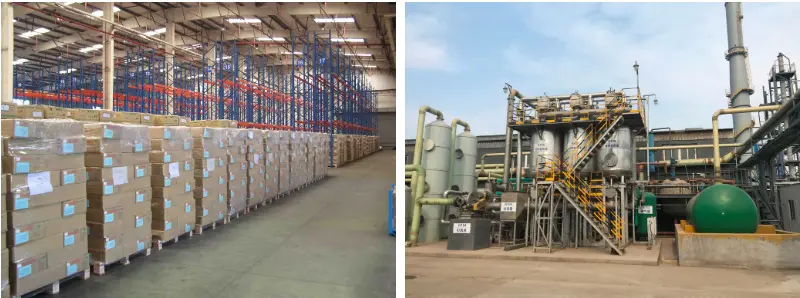
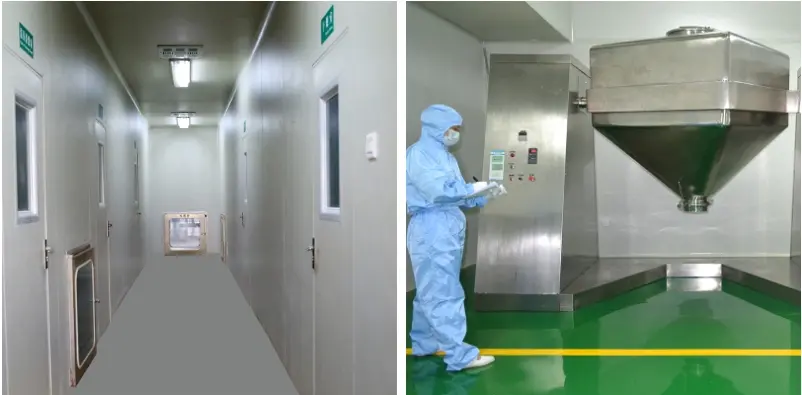
Fast delivery time
Inventory 2-3 working days New production 7-10 working days
